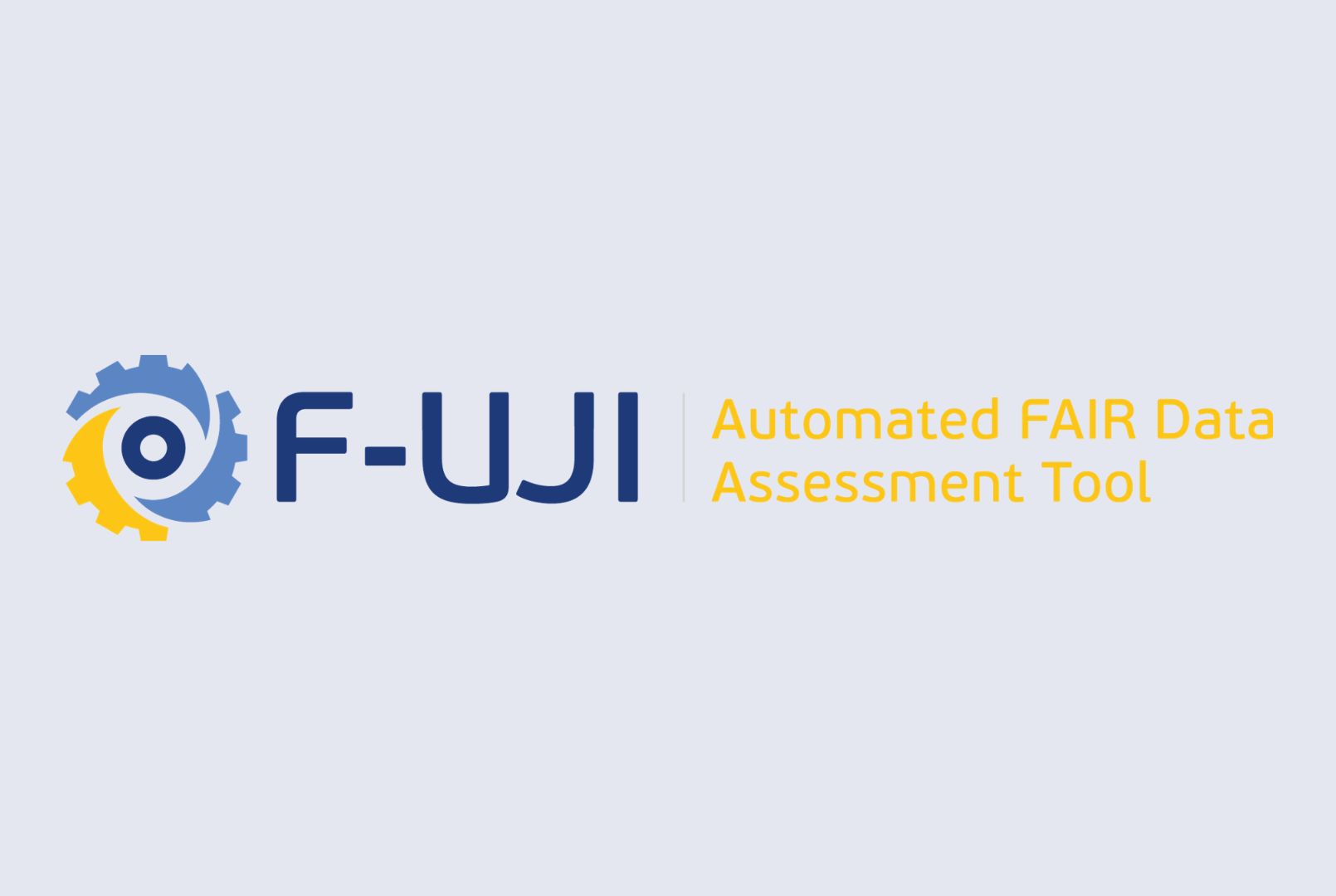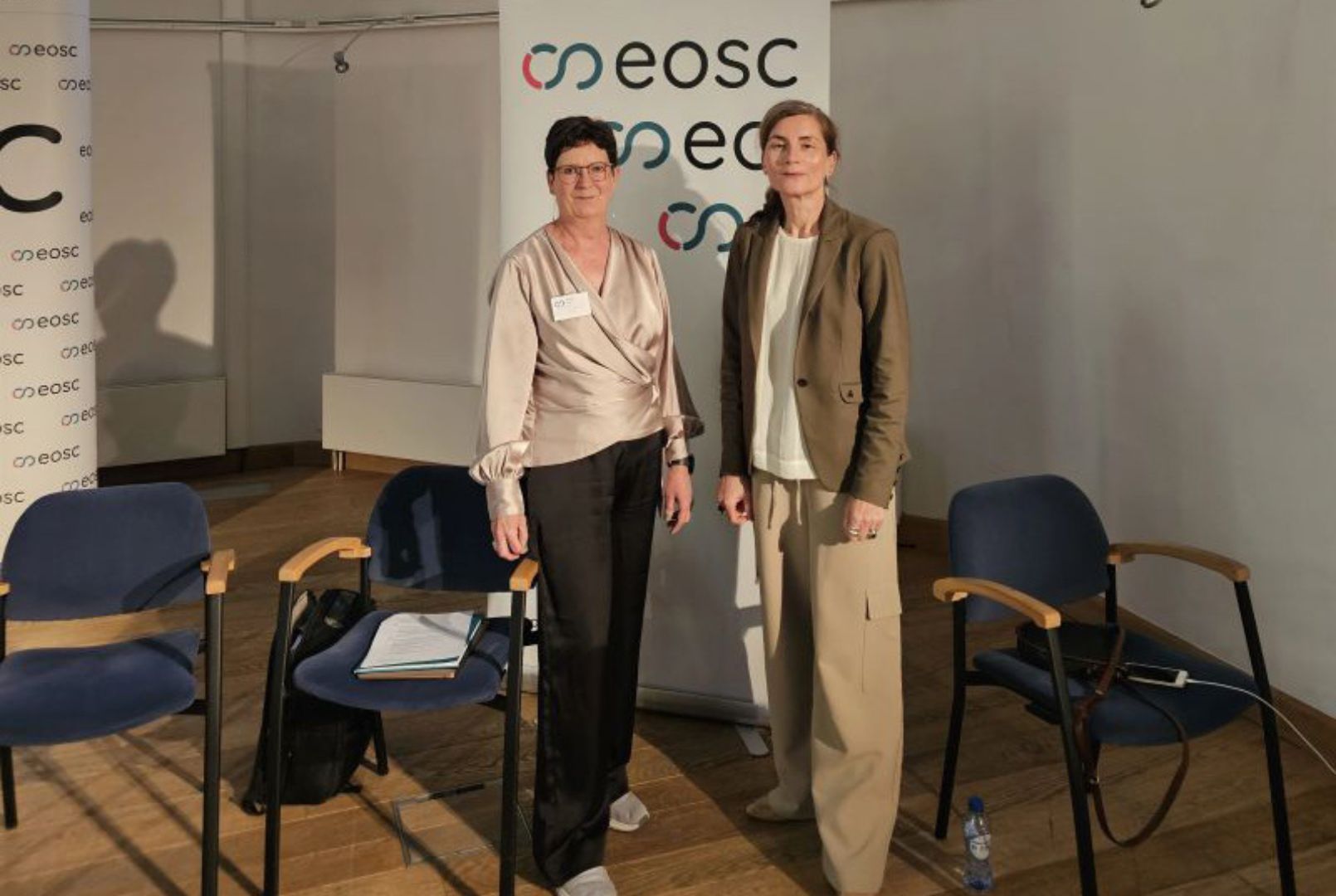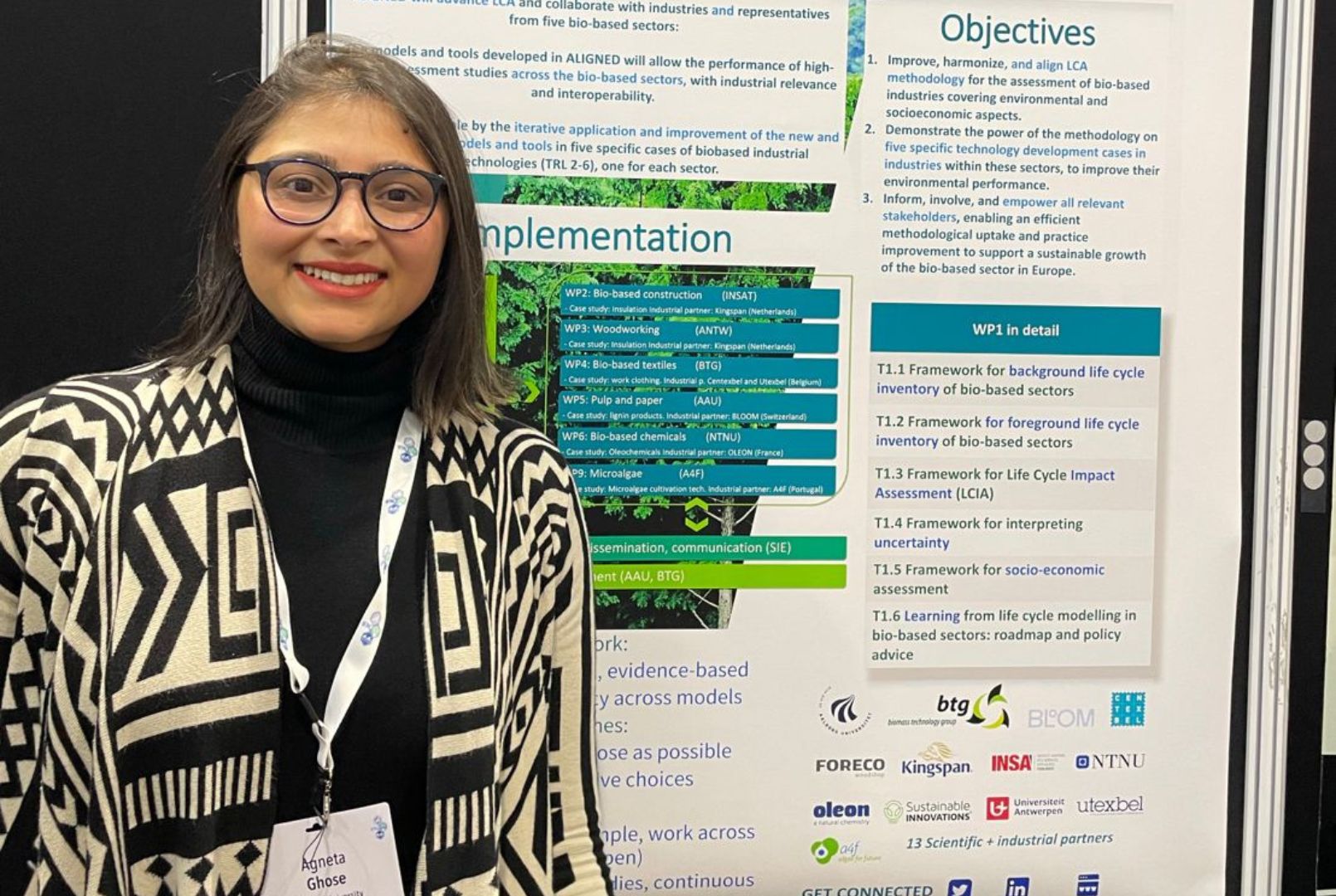Project framework
The aim of the project was to establish a new critical edition of Holberg’s collected writings, furnished with introductions and commentaries.
- Timeline: 2009-2015, but the data set is still online and continuously updated.
- Number of people involved: a large group of researchers, more details here.
- Number of institutions involved: 2: University of Bergen (Norway) and the Society for Danish Language and Literature (Denmark). Since 2013 the University Library in Bergen has been in charge of digital support and development.
- Funding: No EU funding: The Norwegian and the Danish branches of the project were separately financed, both by a combination of private and public funds. The Danish part was financed by Augustinus Fonden, the Danish Ministery of Culture, and the Danish Agency of Culture. The Norwegian part is supported by the University of Bergen, the Meltzer Foundation, Sparebanken Vest, The Fritt Ord Foundation, and Arts Council Norway.
Knowledge of FAIR prior to case engagement/before first interview
Beginning knowledge
When was tools used working towards FAIR in the case
The project was already finished when the FAIR principles were described. However, the project worked towards the FAIR principles.
In the planning phase: it was agreed to use standards, and to produce very detailed descriptions of the format and work processes. The specifications are available online.
During the analysis/processing of the texts, the specifications for textual editing, textual coding, commentaries and orthographic modernisation was updated. These specifications enable reuse of data, not only when preparing extensions to the data, but also when reusing for e.g. analysis.
Which FAIR tools were used in the case and for what purpose?
Tool: svn to handle versions of the data.
What were the main challenges using FAIR in this case
- How to license the data? The data are freely available in the platform, but are not available as downloadable data. Currently, working on the licensing of the data.
- Assigning persistent identifiers (PID’s) to the data. The versions of the data are well defined, but which PID system or repository service should be selected?
- Choosing a repository with search facilities to make the datasets more findable.
What were the main benefits using FAIR in this case
- Easier reuse: Use of standards and documentation of the dataset having developed detailed specifications of formats enable reuse of the data.
- Version control and version documentation enables adding PID’s and making the data citeable.
Key learning points
- Important to license the data, this is currently being considered.
- Attaching PID’s and enabling download of data set will be considered.
Contact details
For further information on this case contact: Karen Skovgaard-Petersen, Society for Danish Language and Literature. For technical questions contact: Digital Systems and Services, University of Bergen Library.




